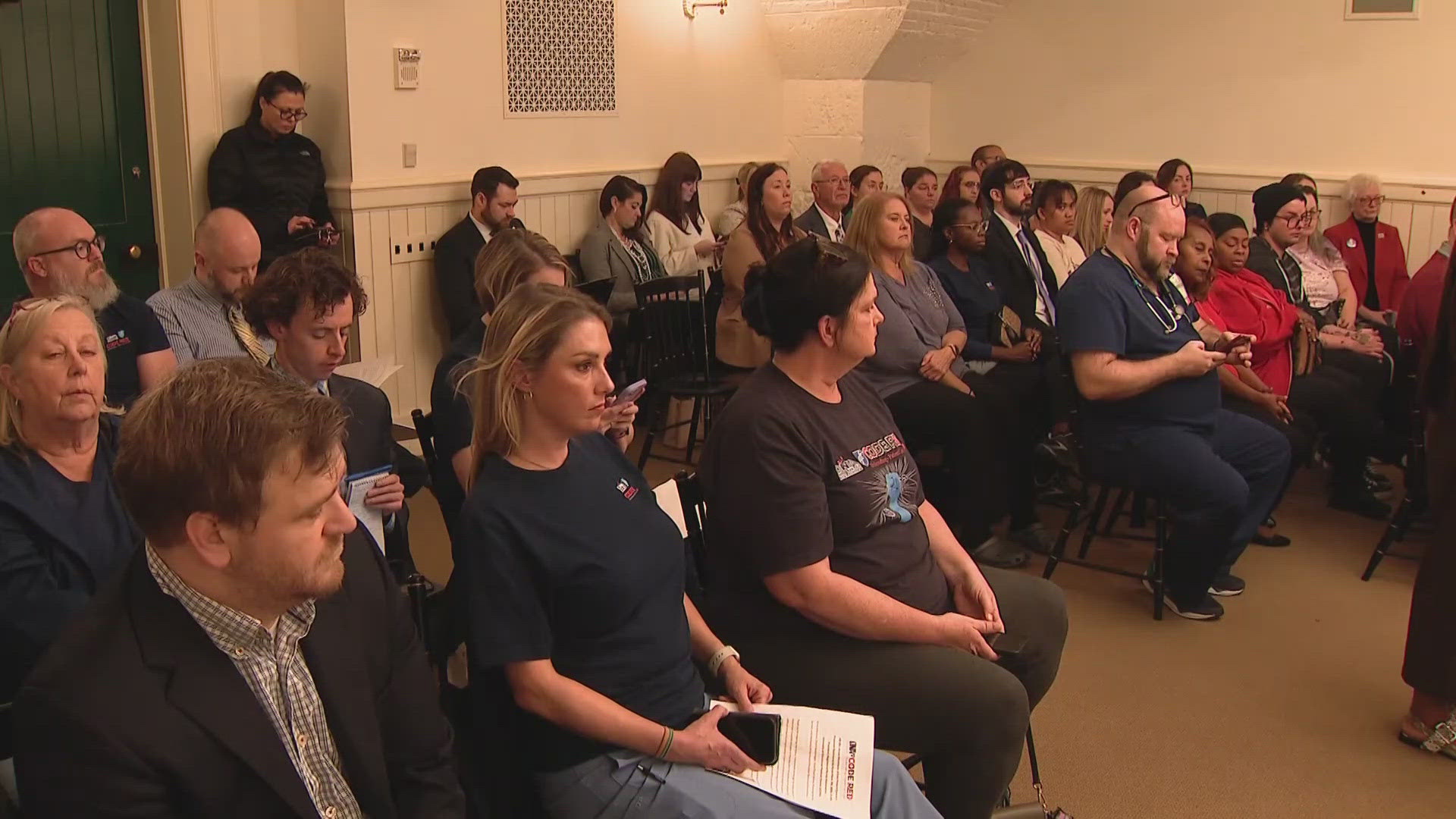COLUMBUS, Ohio — To borrow an analogy from the game of football, the Ohio Supreme Court is like the head referee in the political football game known as congressional redistricting, and it won't stop throwing a flag on the field for a foul each time the game starts.
“It's been a football that's been tossed in the air with receivers and defensive backs and maybe linebackers who are going after the ball,” said Paul Beck, Political Science Professor Emeritus at Ohio State University.
On one side of the field, you have Republicans and on the other side Democrats. Each team is attempting to draw up a play that will deliver congressional districts that are fair.
“How do you define what is likely a Republican district? And how do you define what is likely a Democratic district?” asked Beck.
Ohio Secretary of State Frank LaRose is like the commissioner of the league except he's also a player because he sits on the redistricting commission.
His job is to deliver a May 3 primary, but without congressional districts, the football, that can't happen.
“The longer that we go without having finality on these maps the more likely that things could go wrong,” says Secretary of State LaRose.
Which begs the question: are we headed for a June primary?
“I'm not going to make predictions about when the election could be. I can tell you my duty is to conduct the election on May 3,” LaRose said.
The latest Ohio House and Senate maps give Republicans a 57-42 advantage in the House and a 20-13 advantage for Republicans in the Senate. The Supreme Court of Ohio says that's not good enough.
“It looks like what the Supreme Court is saying what is fair is probably a 54-46 division,” said Beck.
“I've not seen a set of district lines that can get below 57 Republican seats and still and don't commit other violations of the constitution,” said LaRose.
So where does that leave voters?
For now, they don't know who to vote for until the Supreme Court approves a congressional map.
The court has asked for another revision by Feb. 17.
To give you an idea of why the May primary date could be in jeopardy, LaRose said it takes 90 days between filing day and election day - a deadline that’s already passed. Plus early voting is supposed to take 28 days before the election.



